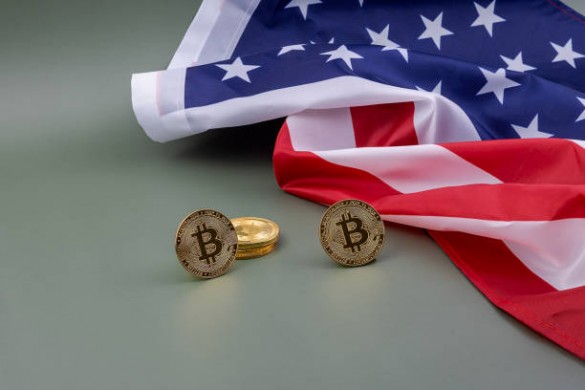Over a decade ago, the Indian economist and politician Jairam Ramesh is credited with coining a term “Chindia” to describe the idea that China and India might cooperate closely in the region to each other’s mutual benefit. As the worlds two most populous countries encompassing approximately a third of the global population between them, the vast potential of any tie-up between the two Asian giants is seductive.

To date though gaping differences have resulted in little in the way of cooperation and now we are seeing Japan and India form more material ties. Japanese Prime Minister Shinzo Abe was in India over the weekend on a state visit to meet counterpart Narendra Modi, the charismatic Indian leader.
A closer relationship between the second largest (Japan) and third largest (India) Asian economies makes a lot of sense to both men, to counterbalance some of the growing power of China in the region and globally and the many economic opportunities a closer relationship could unlock.
Japan has deep pockets and vast technological expertise, but huge demographic challenges. India’s population is fast growing and set to overtake China as the world’s most populous nation next decade and has already moved into pole position as the fastest growing large economy.
The leaders of both countries are both nationalists and have made political overtures towards one another via social media, which is particularly unusual in the case of Mr Abe, who tends to use it sparingly. Mr Modi on the other hand has a deft touch with social media. A “bromance” has formed and the two powerbrokers reached a raft of agreements over the course of the recent trip.
Economic links between the two are poised to strengthen considerably from a low base. India for example, although the worlds seventh-largest economy, only accounts for about 1% of Japan’s imports, exports and direct investments abroad according to The Economist. Indeed, Japan’s foreign direct investment into India has declined from 2010 through 2014.
But things are looking up and in May of this year Japan signed an agreement to double investments in Indian firms over the next five years. This past week, Japan has inked a $15 billion deal to build India’s first bullet train in what is one of the largest foreign deals in India’s infrastructure. This is a welcome development as India is sorely lacking in infrastructure, a fact that is hindering the domestic economy in capturing its full potential.
Other highlights of the recent visit include ¥1.5 trillion ($12.4 billion) in Japanese financing and export insurance to spur investment, a defence agreement and a deal on nuclear energy cooperation that most thought would not get across the line.
A Bloomberg article by Natalie Obiko Pearson discussing the recent visit quoted Aparna Pande, the Washington-based director of the Hudson Institute’s South Asia initiative as saying: “India-Japan working together is an idea whose time has finally come,” and “The relationship has the potential to become ‘the’ defining relationship of this century.”
We continue to be overweight both markets in our Global Opportunities fund and recommend a range of exposures in our research products, including Japanese robotics and automation leader Fanuc (JP: 6954, initial buy ¥20,445) and THK (TYO: 6481, initial buy ¥2,734), both companies with potential to benefit from the Made in India program to boost manufacturing. In India, we believe that headwinds from a strong US dollar and impending rate rise in the US has left banks ICICI Bank (NYSE: IBN, initial buy $9.47) and HDFC Bank (NYSE: HDB, initial buy $64.14) trading at levels that should prove attractive for investors with a long term investment horizon.
For nearly 15 years, Fat Prophets remains UK’s premier equity research and funds management company. Register today to receive our special report Bargain Hunting, and a no obligation free trial to our popular email service

 Hot Features
Hot Features













